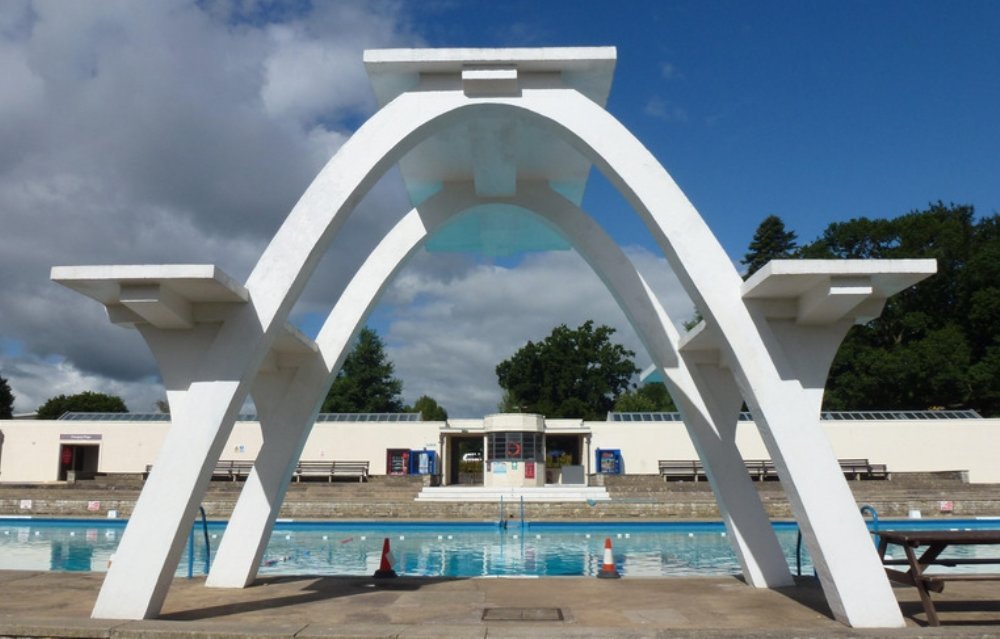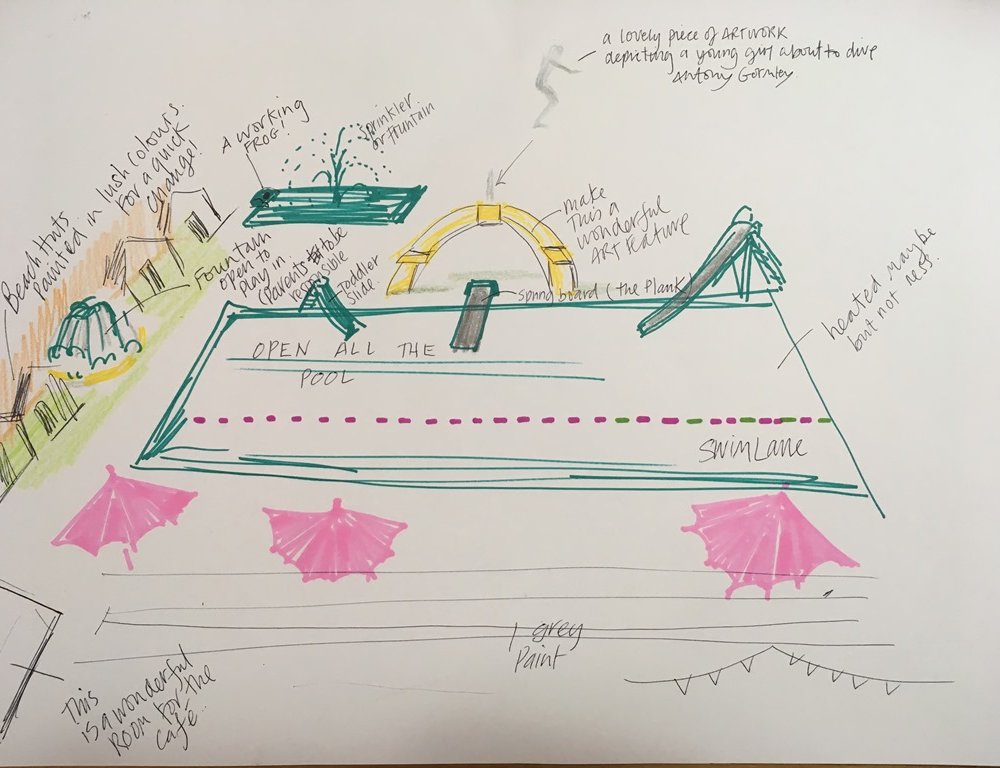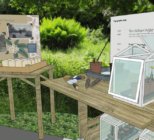Co-production, representation, consultation and active learning? Ah, but you say you don’t have enough budget! Or enough time! Yet, failure to get down and dirty with your data and converse with your people spells doom for most organisations. There are plenty of ‘how to’ guides on how to run a robust engagement and consultation activity, however, we at Tricolor have put together a quick guide of some key ways you can harness your evidence and start the dialogue rolling.
1. Understand how you want to use results
It’s an obvious point, but understanding exactly what you want to use the results of consultation for is essential. You probably know the top-level reason behind how you want to use the results, e.g. to show funders how many visitors have engaged with your activities, but what else could you be using it for?
If the evidence gathering is, for example, an evaluation of an HLF project, then we recommend evaluating every single activity or event run. Therefore, you must ask some evaluation questions every time. But what a wasted opportunity it would be if you just asked a participant about those things, neglecting to ask them about their interests, and didn’t get to know them.
Grasp the opportunity, but do so sensibly. Think about the types of questions that are appropriate for that audience, tailor the evaluation forms to that event. But most importantly, think always about how you want to use that information, as you do.

Case Study – Stroud District Council – Stratford Park Lido
Stratford Park Lido in Stroud was built in the 1930s. Despite being a local icon, the unheated outdoor pool was rarely used by the local community. A group of local volunteers formed a Project Team to help encourage the District Council to review the situation at the lido.
In June 2017, Tricolor was commissioned to undertake a feasibility study on behalf of Stroud District Council and the project team to help provide future options for the pool. The feasibility study included a significant community consultation strategy which needed to involve current visitors, non-users, stakeholders and the general public.
Tricolor used a mix of one-to-one stakeholder interviews, online surveys, hard copy surveys, and a feedback and evaluation public open day. One of the ways we encouraged creative engagement with the project was to ask participants to draw what they wanted the ‘ideal’ lido to look like. This helped us to understand the types of facilities, design and scale of development the community wanted. It also revealed how the community want to use the space, which cannot be gathered through a survey.
2. Plan your distribution channels – Make them targeted
It is common sense that you cannot reach different communities using the same methods. Asking regular visitors to your site to fill out a survey will be easier than asking non-visitors.
There are so many different channels through which to distribute evaluation and consultation materials. Make use of targeted posts through Facebook. Use Instagram to drum up interest using artistic content or a competition.
These activities work well for one-off campaigns, but having social media platforms that gather evidence on a regular basis is better. Fully embracing social media as both a method of primary contact and continued engagement will help you gather robust evidence. Design some key social deliverables for ‘business as usual’. Ensure you tailor your approach to each channel differently, according to how audiences use them. Use ‘content pillars’ to help you write engaging content that works with the brand identity, and identify the frequency you will post on each. Use programmes like Sprout Social or HootSuite to manage your social media channels, their reporting features will also help you track your impact and engagement long-term.
It’s important to undertake in-depth consultation alongside social media. Reach out to local community groups, attend a youth club and run a focus group session as part of the process. Call a local community association and give a short presentation with time for feedback on your ideas. All of these methods help to build connections.
Whatever you decide to do, take the time to design a strategy, identify your target audiences, and choose channels that they use. This is particularly important if you are working with a small staff team or volunteers.

Case study – Brighton and Hove City Council – Brighton Pavilion
The Royal Pavilion Estate project brought together Brighton and Hove City Council, Brighton Museums, The Royal Pavilion Estate and the Brighton Dome and Festival into one joined up strategic masterplan that will see this historic Estate reinvigorated and reconnected for the contemporary Brighton resident and tourist.
Tricolor was appointed in June 2015 to undertake the Activity Plan, Interpretation Strategy for the entire Brighton Royal Pavilion Estate (RPE), as well as the Interpretation Plan and designs to RIBA 3 for the Brighton Dome and Brighton Festival £4.9m Round 2 HLF bid.
The uniqueness of this project was the effectiveness of consultation within the timeframe. In a period of only ten weeks, Tricolor engaged more than 1,000 people (and 450 community groups) in the consultation including running stakeholder engagement sessions for internal staff and volunteers. We were only able to consult with so many community members and community groups in such a short timescale by designing a specific and targeted consultation strategy.
3. Don’t limit yourself to graphs – be creative when presenting evidence
Visualising data is incredibly useful, graphs offer a more user-friendly way to view community consultation. But there are so many more ways you can use this information.
Graphs, while helpful for funders and strategy decisions, are often difficult to read or understand for your visitors. This is made even more confusing when the wrong type of graph is chosen for the data type (I didn’t know there was a ‘wrong’ type of graph for a long time!).
A visually engaging way of presenting data is an ‘infographic’. You may not have heard the term, but you will have seen an infographic before. They are a highly visual method of communicating information to consumers, used mainly in the corporate and news sector. An excellent example of how to use infographics for education was written by the Guardian in 2014 and is available here.
Being creative about how you visualise your data, such as using an infographic, shows that you care about the data you’ve generated, and the people you are feeding back to.
However you decide to present your consultation data, the most important thing is that it is analysed, explained, and implemented. Don’t waste precious time leaving data in a raw format meaning it can’t be used regularly and effectively, possibly even risking duplication.
4. Need some support or advice?
If you would like more information, support or advice on starting community consultation or project evaluation, Tricolor can help.
We have many years working with heritage organisations of all shapes and sizes to run consultation programmes and project evaluations.
Tricolor is offering a free planning session to readers using the code MHCONSULT, through our website.
To find out more about Tricolor and the work we do, follow us on Twitter @TricolorHeritag and Facebook – @TricolorAssociates











